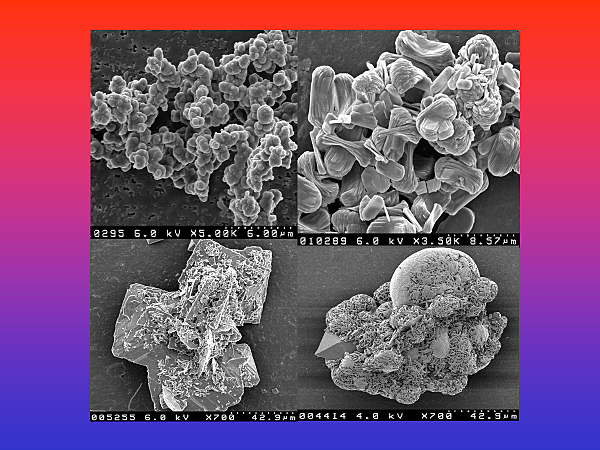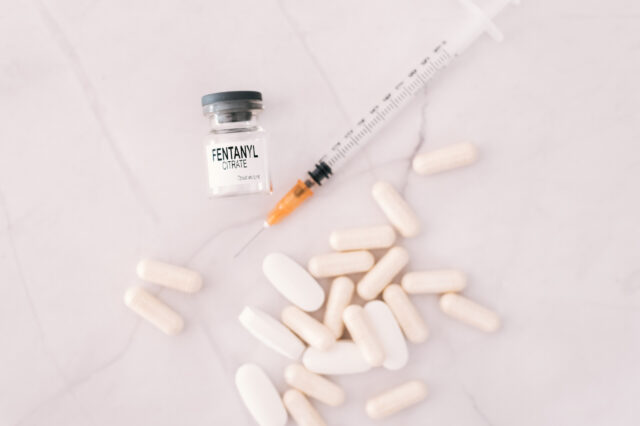Definition
An ion is an atom or group of atoms that has an electric charge. Ions with a positive charge are called cations. Ions with a negative charge are called anions.
Many normal substances exist in the body as ions. Common examples include sodium, potassium, calcium, chloride, and bicarbonate. These substances are known as electrolytes.
Ions can be created using radiation such as x-rays. Ionizing radiation is often used to diagnose or treat a medical condition.
References
Kapoor G, Toms AP. Current status of imaging of the musculoskeletal system. In: Adam A, Dixon AK, Gillard JH, Schaefer-Prokop CM, eds. Grainger & Allison's Diagnostic Radiology. 7th ed. Philadelphia, PA: Elsevier; 2021:chap 38.
Smith SG, Schreiber MA. Shock, electrolytes, and fluid. In: Townsend CM Jr, Beauchamp RD, Evers BM, Mattox KL, eds. Sabiston Textbook of Surgery. 21st ed. Philadelphia, PA: Elsevier; 2022:chap 4.
Taber's Cyclopedic Medical Dictionary. 24th ed. F.A. Davis Company; 2021. www.tabers.com/tabersonline. Accessed April 7, 2022.

